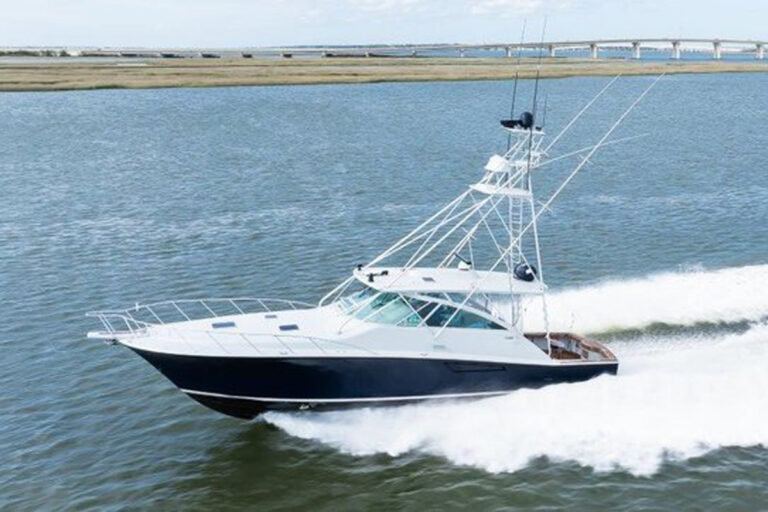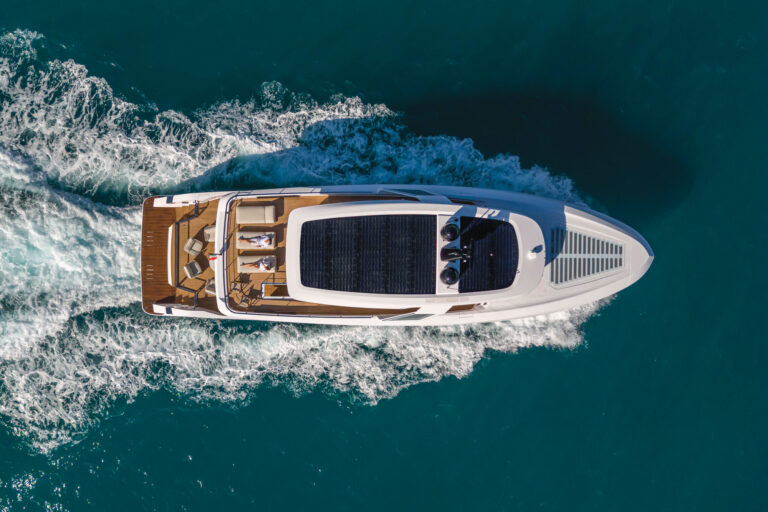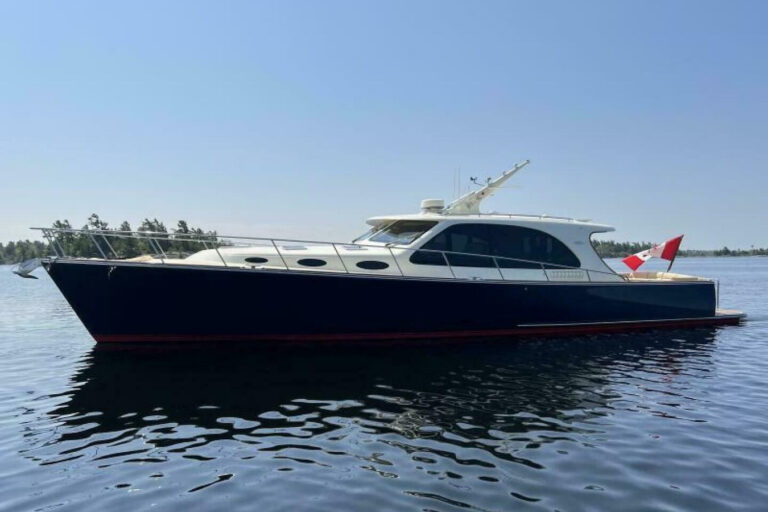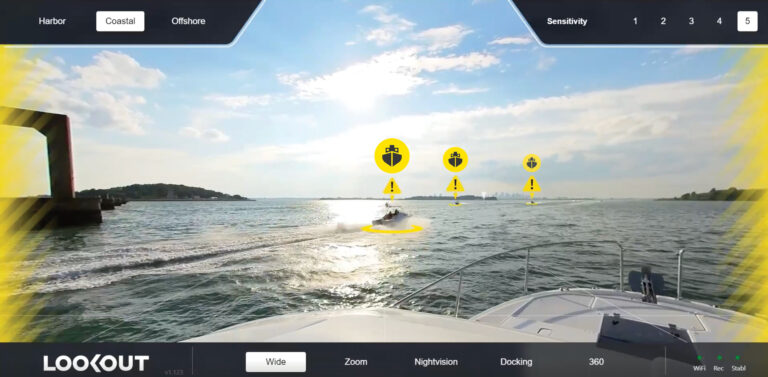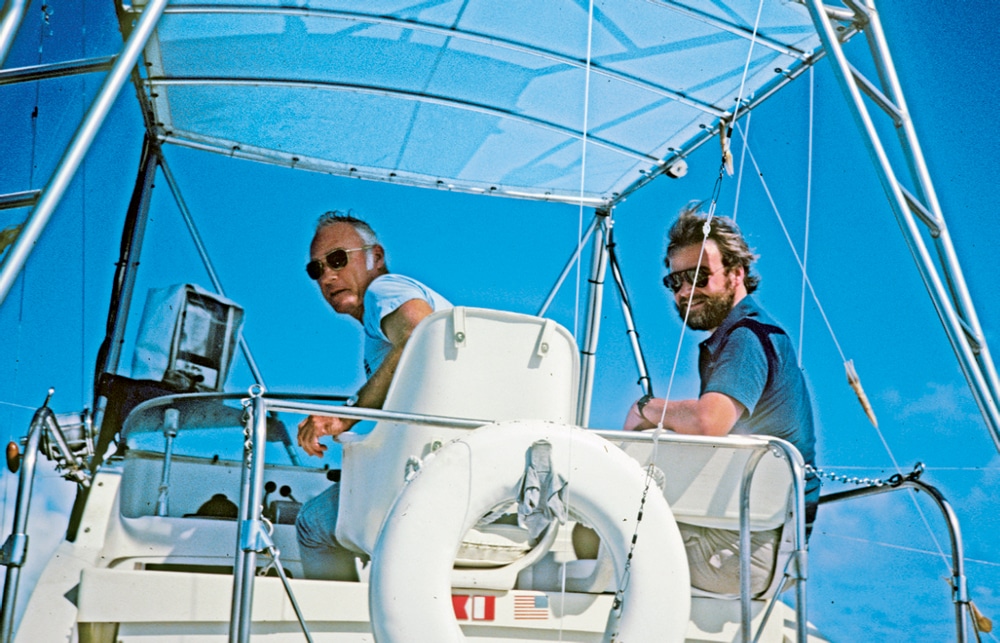
Understanding the Dangers of Running Inlets
Last September, one boating buddy after another e-mailed me an incredible sequence of images taken of a 50-foot convertible broaching in Jupiter Inlet, Florida. All of these pals are knowledgeable boaters, captains, brokers and marine experts of one stripe or another. All were clearly shaken, and it’s understandable why. While Internet forums were abuzz with know-it-alls citing fault, not one of my pals pointed a finger to cast blame.
The images are troubling because they show how quickly and violently the sea can have its way with you when given the opportunity. The boat appears to fall off the face of a breaking wave and is swallowed in the trough. The following wave rolls her on her beam end and it appears that she is lost. As she rights herself the captain can be seen being thrown from the bridge into the water. The mate apparently skippered the boat out to safe deep water. The captain, an experienced charter skipper, was rescued but sadly, he died after reaching the hospital.
Some forum fulminators blame the captain, suggesting that he put a buck ahead of safety. Others suggest that it was the fault of politicians for spending tax dollars on their lavish lifestyles instead of the inlet. After reading one fellow’s post I could take no more — “In sport-fishing stuff happens, that’s why they call it sport-fishing.” Folks, there’s a good reason why watermen who actually know something about the sea keep their mouths shut. It’s pretty simple — given the right circumstances, inlets can be spectacularly dangerous.
This was a textbook case that I can relate to, since I learned to fear and respect the sea in Jupiter Inlet. My dad was crazy for fishing and moved to Jupiter in the early 1970s. He would charter with a salty fellow by the name of Captain Cal, who ran a Bertram 31. At the time Cal was pretty much the only game in town and he knew the inlet. I spent time with Cal on the bridge, soaking up as much as I could about boat handling in nasty inlets.
My dad spent more time talking to Cal about fishing, and his first solo in the inlet was almost his last. He filled our SeaCraft 21 to the gunwales and turned the helm over to me. While I rescued the boat from the waves, I was summarily banned from wandering offshore. I of course ignored his instructions and, taking small steps, learned my way around the inlet. I learned to count waves and wait for the tide to change if necessary. Sometimes I would just say no and watch other skippers struggle, learning from their mistakes. While I gained confidence I also tried not to forget that weather or tide could mean the difference between a safe day on the ocean and disaster.
I have passed through many inlets since then and each has its own character. Some have a shifting bar offshore that limits your approach and departure options. Others are relatively deep offshore but the navigable water between the jetties is wafer thin. Even large, deep, commercial inlets can be challenging given the right sea conditions and current.
The worst mistake at sea I have made was in Jupiter Inlet. Headed to the Keys, I had wisely passed on St. Lucie Inlet, but after I idled two hours in the Intracoastal Waterway, Jupiter lulled me into submission. As in the tragedy above, the seas were mild, other than a dangerous groundswell courtesy of a distant storm. I watched for 10 minutes before committing — after four reasonable eight-foot seas Anhinga’s bow was lifted skyward, and for a moment I wasn’t sure she was going to make it through.
Yup, I know exactly why my pals have struggled with those horrible images. They realize as I do that it could have happened to any one of us.





